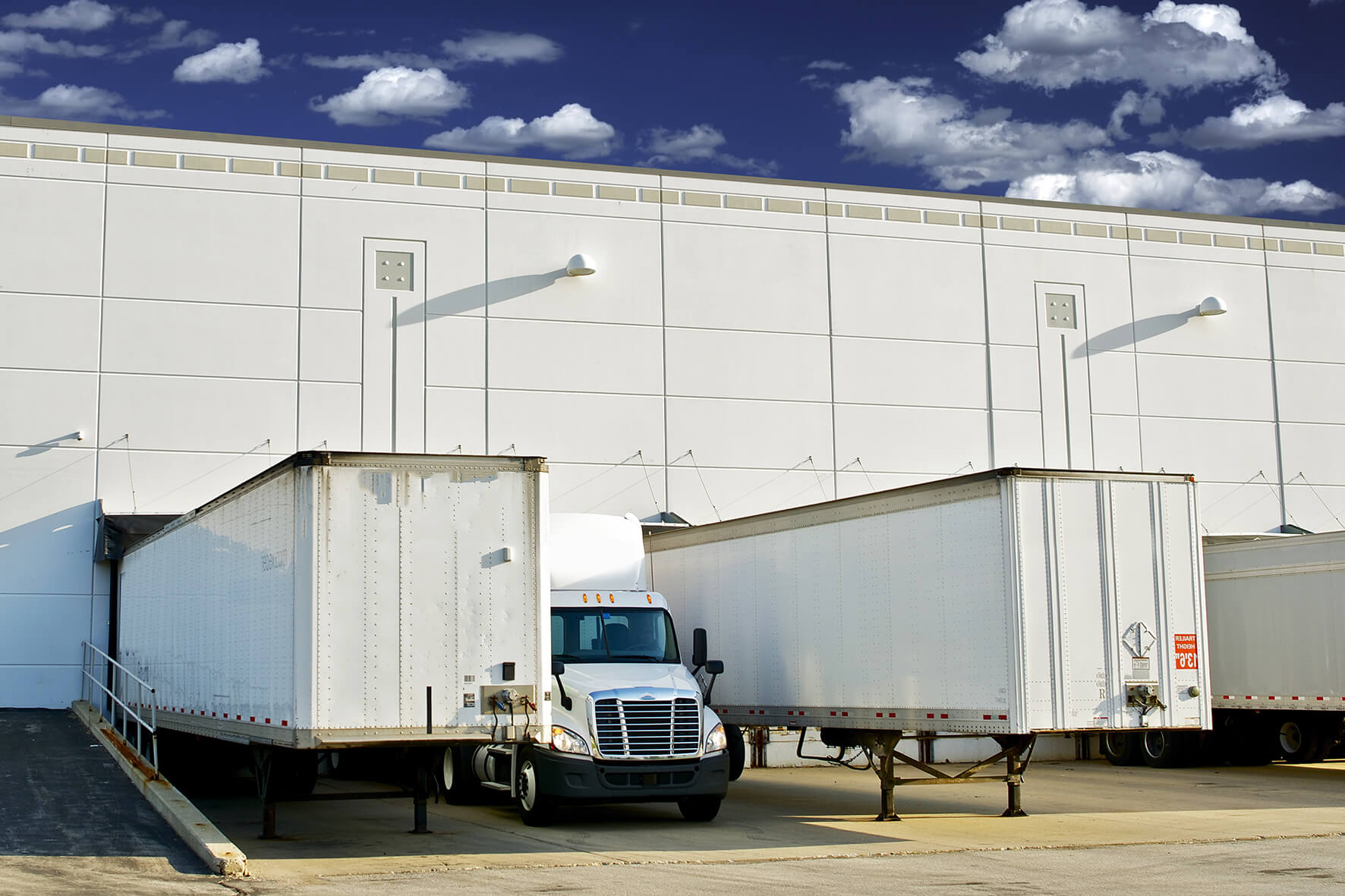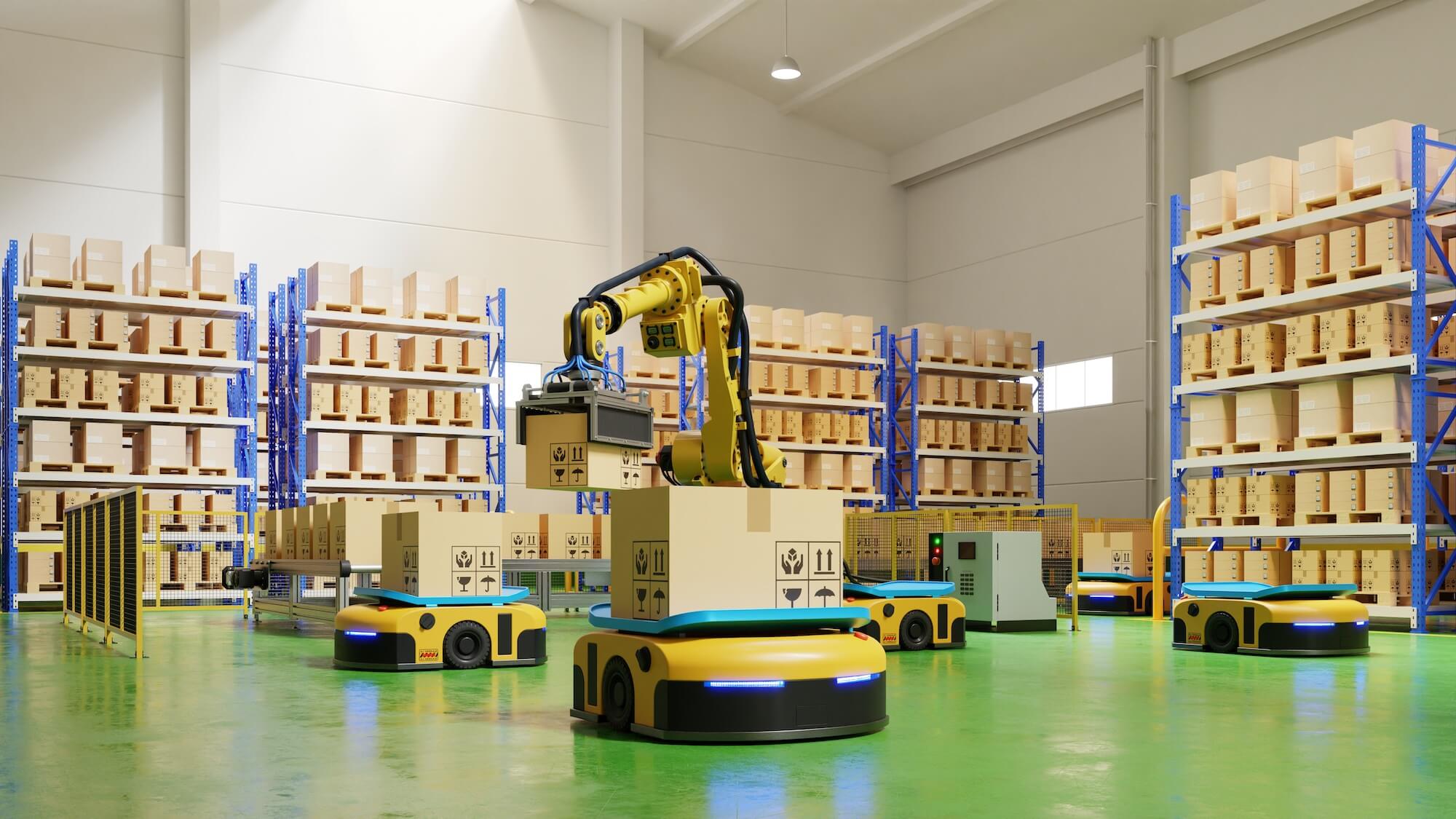

The acronyms LTL and FTL refer to the two possible modes of transport and distribution for your eCommerce products by land. Both systems offer benefits to the seller, but each retailer must choose which strategy is best for product transport and freight to increase productivity, reduce costs, and speed up shipments. Here at Minderest, we’ll explain what the LTL and FTL logistics models are, along with the differences between them. We’ll help you design the most appropriate logistics system for your eCommerce operations.
The differences between the LTL and FTL logistics models
The LTL and FTL models involve transporting large quantities of products by truck to physical stores or to home delivery centres for customers of online stores. From this point on, each has its own unique characteristics.
LTL or less than truckload
This is characterised by the fact that your products don’t fill the entire truck. In this mode of transport, shipments from several different companies are added to the same truck until it’s completely full, thus taking advantage of all available space. The main advantage here is that the transport costs are shared jointly by the different eCommerce businesses involved in the shipment. This is usually quite a profitable model for small- and medium-sized businesses.
In these cases, the logistics service provider is in charge of picking up the product, storing it, and carrying it to its destination, similar to Amazon’s FBA. This model is particularly suitable for items with greater flexibility in terms of delivery times since the truck has to make different stops along its route, meaning that your products can be delayed. You can lose efficiency in your deliveries but save on costs.
FTL or full truckload
In this mode, your products occupy the entire truck, not sharing space with other vendors or manufacturers. This is the best option when you want to transport a large quantity of products on pallets, weighing several tonnes, as well as for delicate, high-risk, or urgent products since the only stops will be those indicated by the company in question and the merchandise will only be handled during loading and unloading.
Another advantage of this mode is its greater efficiency since there’s no need to invest resources in notifications, billing, stopovers, or multiple loading and unloading operations. Despite this, only those large eCommerce companies with inelastic demand and already loyal buyers can generally afford this due to its high cost.

Key factors when choosing your logistics system
When choosing one of the two models for transporting your products, you should first consider factors like the origin, destination, carrier availability, and whether or not your items require special conditions, such as a certain level of humidity or a certain temperature. Afterwards, you must also analyse:
- the cost of both transport models and the profit margin
- the delivery time that has been guaranteed to your distributors or customers
- the total demand for each type of product in your catalogue
- the brand image, and what customers expect from you
Analysing all of these factors will make the choice of LTL or FTL easier. You can also opt one method or another to optimise your sales in different circumstances or at different moments. Integrating this information about your eCommerce logistics system in a complete pricing tool, with the elements that condition it, will allow you to anticipate changes in the market and improve your positioning with respect to the competition.
Find out how Minderest can take your business to the next level.
Contact our pricing experts to see the platform in action.
Related Articles

AI Agents and Holiday Season: How to Adapt Your Pricing Strategy
Holiday season planning used to revolve around creative campaigns, emotional storytelling, and optimizing the user experience. However, a silent revolution is changing the rules of the game. The rise...
How Surveillance Pricing Works and Its Applications for Your Business
The term "Surveillance Pricing" might conjure images of corporate espionage and price manipulation. However, this initial perception hides one of the most sophisticated and powerful strategies in...